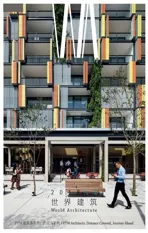约翰·卡尔多家族画廊,新南威尔士州立美术馆,悉尼,澳大利亚
2018-12-20建筑设计PTW建筑事务所
建筑设计:PTW建筑事务所
Architects: PTW Architects
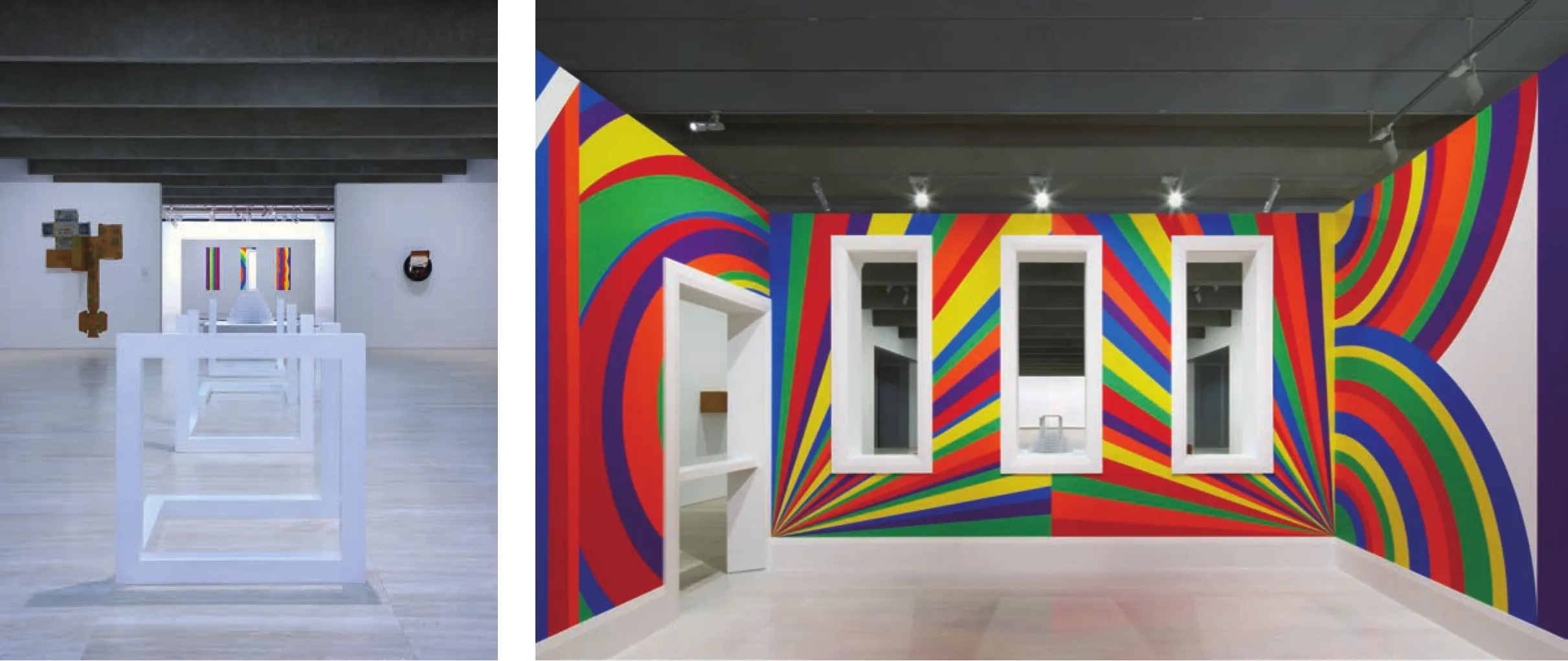
1.2 展厅内景/Interior views
2008年,约翰·卡尔多和他的家人宣布将家族收藏全部赠送给新南威尔士州立美术馆。因为这份慷慨的礼物,新南威尔士州立美术馆第一次有机会为观众讲述自1960年代起至今的当代艺术史。
政府也因此出资为画廊增加了约1200m2的额外展览面积,分别陈列当代和现代的画作及摄影作品。主楼梯从地下一层向下延伸至地下二层,原先位于美术馆地下二层的储藏室也随之翻新成为展厅。
过去美术馆内的展览空间净高3.6m,此次扩建决定将其混凝土梁柱结构外露,展示墙延伸到T型梁上,展览空间由此向上增高近1m。挑高后的空间成功地实现了最初设计的概念,为当代艺术的展示创造了更舒适宽阔的环境。
画廊全面采用高显色金卤灯具,经一系列可用光源场内外评估测试,金卤灯的电力消耗是白炽灯的1/4,即使当照明通过机械装置变暗时,系统的照明功率消耗也远小于白炽系统的照明功率消耗。不仅在白色墙面,有色表面上的测试结果也是突出的。这项技术在灯光变暗时减少了色差的影响,延长了灯具的使用寿命。搭配特质的光学附件,可以保证在调整光源输出的同时保持光分布不变。画廊也因此获得了2012年的IES照明奖。□

3 平面/Plan

4.5 展厅内景/Interior views
In 2008 John Kaldor and his family announced their intention to give the John Kaldor Family Collection to the state of NSW. This was the catalyst for the government to provide funds to the Gallery to build a state-of-the-art offsite storage facility to allow space within the Gallery to display the collections.
This extraordinary gift, together with funds generously donated by the Belgiorno-Nettis family, enabled the re-development of the Gallery's old storage area and existing display space to create an additional area of approximately 1200m2of new exhibition space.
A key element in the success of the new Kaldor Gallery, and fundamental to the design concept, was the desire to increase the perception of greater ceiling height. Elsewhere in the 1968 gallery building, a concrete grid creates a ceiling plane of about 3.6m high.
By extending the display walls to the soffit of the flange of the structural "T" beams, the gallery space was increased by a metre creating a more appropriate setting for contemporary art.
With the inclusion of the Kaldor Collection, the Gallery now holds Australia's most comprehensive representation of contemporary art from the 1960s to the present day. In 2012 the entire floor was refurbished to allow for the integration of both the Kaldor and the Gallery's existing contemporary collections: this enabled, for the first time in Australia, the telling of a comprehensive art history from the 1960s to date. The gallery spaces seem deceptively simple: the flooring is large-scaled solid travertine, and the ceilings reveal an existing natural concrete beam structure.
Other positive aspects include mechanical dimmability with no colour temperature shift, and several times longer lamp life. Not is the new lamp technology successfully used in the space, the track lighting fixtures are carefully customised with specially made lenses and optical attachments to adjust the light output whilst keeping the light distribution unchanged. The selection of the luminaires and lamps was undertaken through a range of onsite and offsite tests where a number of the best sources available at the time were assessed. The assessment also involved visual evaluation of results on white and coloured surfaces. The result with the new high colour rendering metal halide technology was outstanding.
The gallery lighting won the IES 2012 Lighting Award.□
项目信息/Credits and Data
客户/Client: 新南威尔士州立美术馆/Art Gallery of NSW
建筑面积/Gross Floor Area: 2617m2
竣工时间/Completion: 2010
摄影/Photos: Sharrin Rees ( fig.1,2,4-6), Brian Steele - PTW Architects ( fig.10)

6.7 展厅内景/Interior views
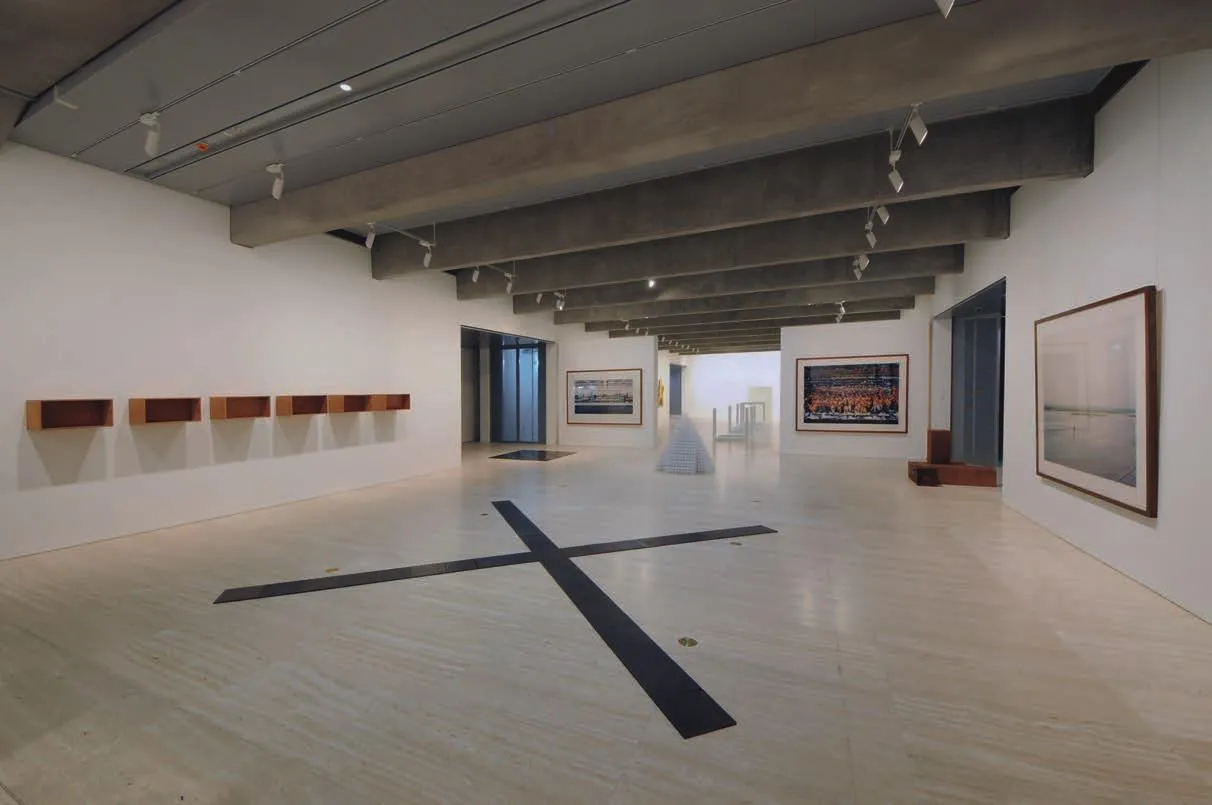
8 展厅内景/Interior view
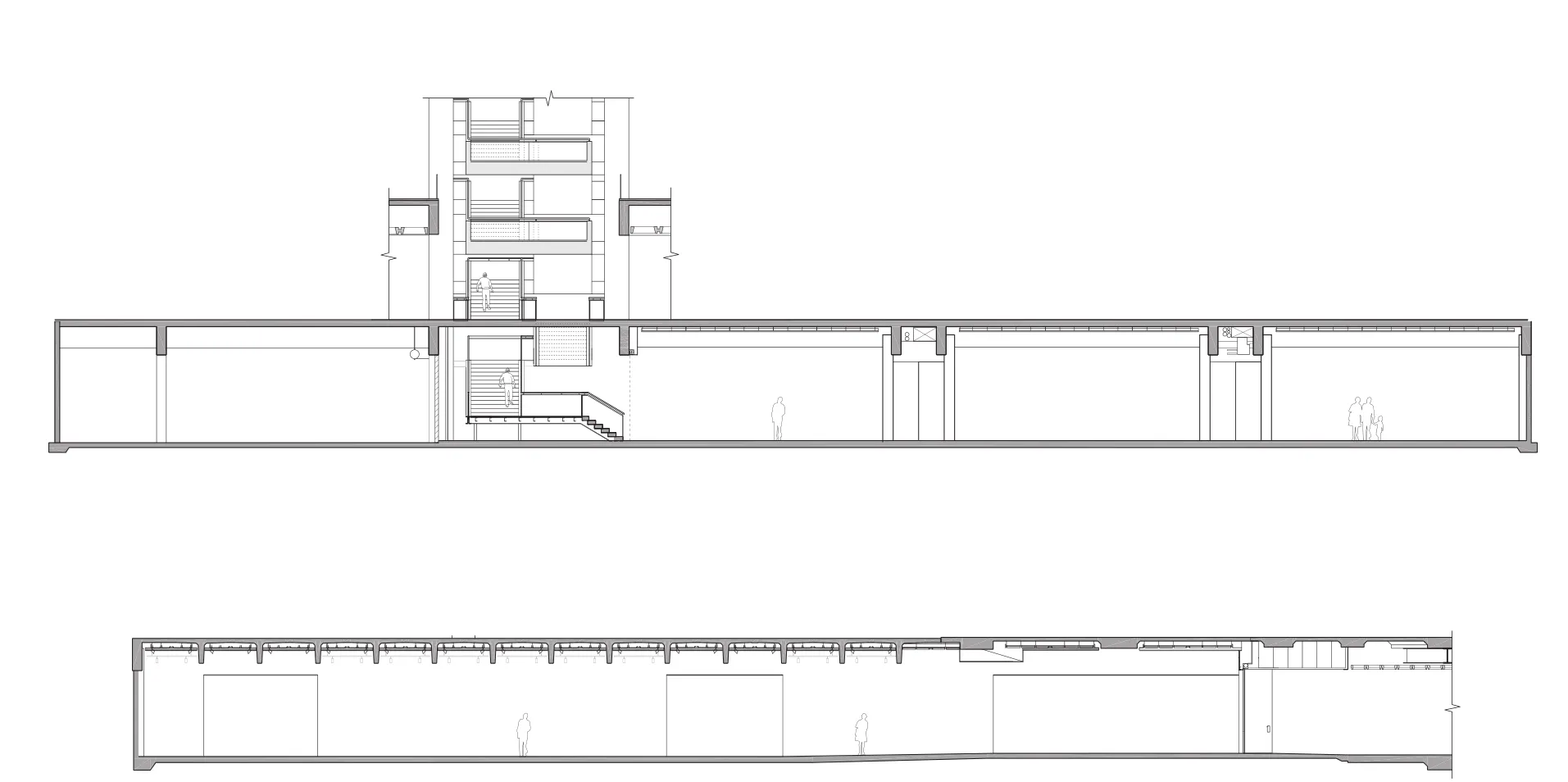
9 剖面/Sections
评论
青锋:混凝土梁的暴露有效地避免了当代美术馆中白色墙面统治一切的乏味。灯光系统嵌入混凝土梁之前,除了提供良好的显色光线以外,它自身也成为一种重要的形态元素,塑造出屋顶的技术感。有了这样的技术体系作保障,参观者会对美术馆的展出效果抱有充分的信赖,事实上也的确如此,充裕的顶部调整空间使得光线控制的手段丰富了很多。这提示我们,人造光源其实也可以成为建筑形式语汇的一部分,就像梁可以成为核心的表现元素一样。
安妮·弗兰纳甘:毫无疑问,约翰·卡尔多家族画廊的扩建巧妙地利用了最新的技术,试图尝试在低成本控制下创造最大的空间。需要肯定的是,他们采用的节能措施不仅达到了画廊标准的照明要求, 同时也符合了国际标准下对温度及相对湿度的控制, 其安全系统和数字服务配套系统也超出了当代艺术鉴赏的预期。一个预先存在的地下室被改造成一个可供参观展览的空间,露出了原始的岩壁结构, 增加了建筑的整体趣味性, 为客户提交一个富有想象力的答卷。它确实是一个在公共建筑中独树一帜的现代画廊。
Comments
QING Feng: The exposed concrete beams effectively avoid the vapid, "white-wall" effect commonly seen in modern art museums. The lighting system set into the concrete beams not only provides light, but also serves as an important architectural element by itself, creating a high-tech effect in the roof space. With such a technology system as its guarantee, visitors would have high hopes of the impressive exhibits. Indeed, the abundant adjustable space at the top provides plenty of possibilities of light controlling. This indicates how artificial light can become part of the vocabulary of architectural form, like the beam can function as the essential expressive element. (Translated by Dandan Wang)
Anne Flannagan: There is no doubt that the John Kaldor Family Gallery extension was designed to take advantage of the very latest technology. It is an attempt to achieve maximum space at low cost. A highly functional solution integrates all the gallery elements including museum lighting, temperature and relative humidity controls to international standards, security systems and flexible digital services to accommodate the latest in contemporary art. Additionally, a pre-existing basement was transformed into an exhibition space. As client for this public project it provides the best in innovative design with an imaginative response to the brief as well as reveals the original structure. It is indeed an unique contemporary gallery created within a public building.
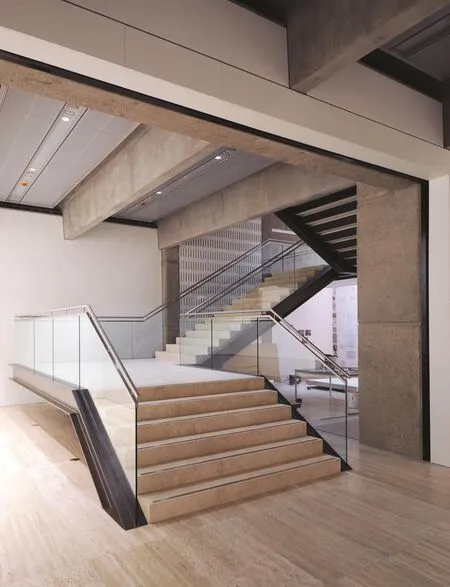
10 新建楼梯/New stairs
